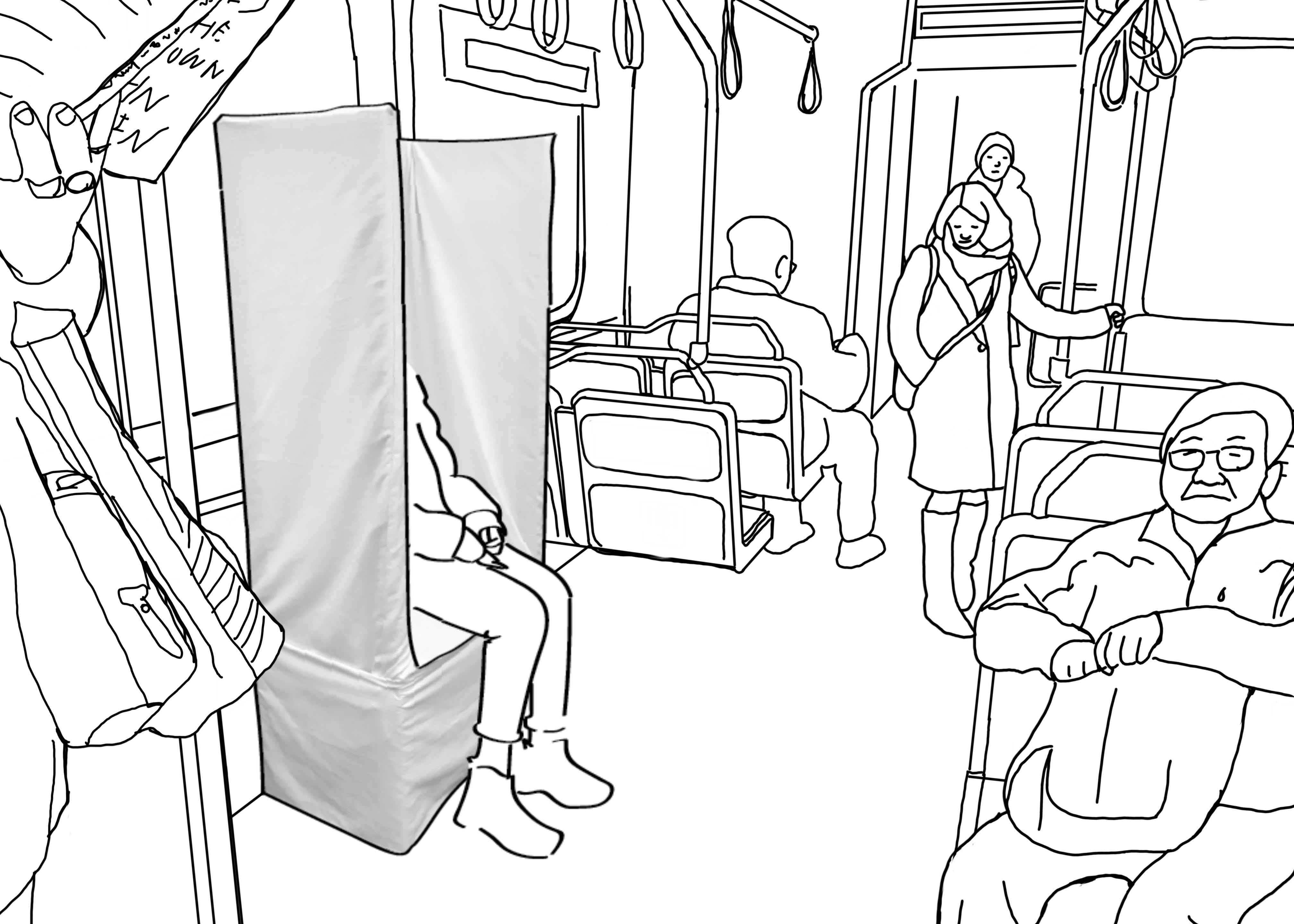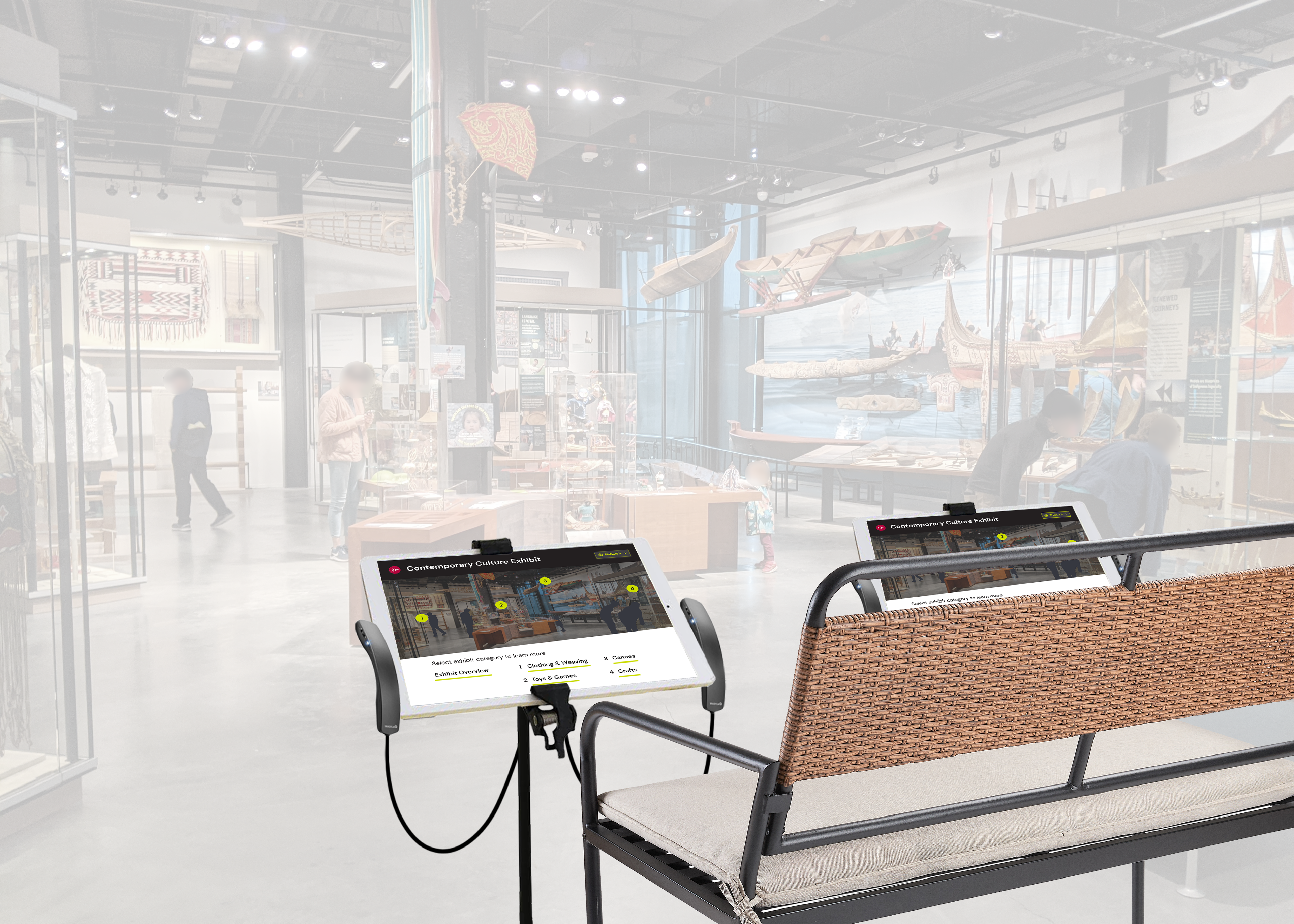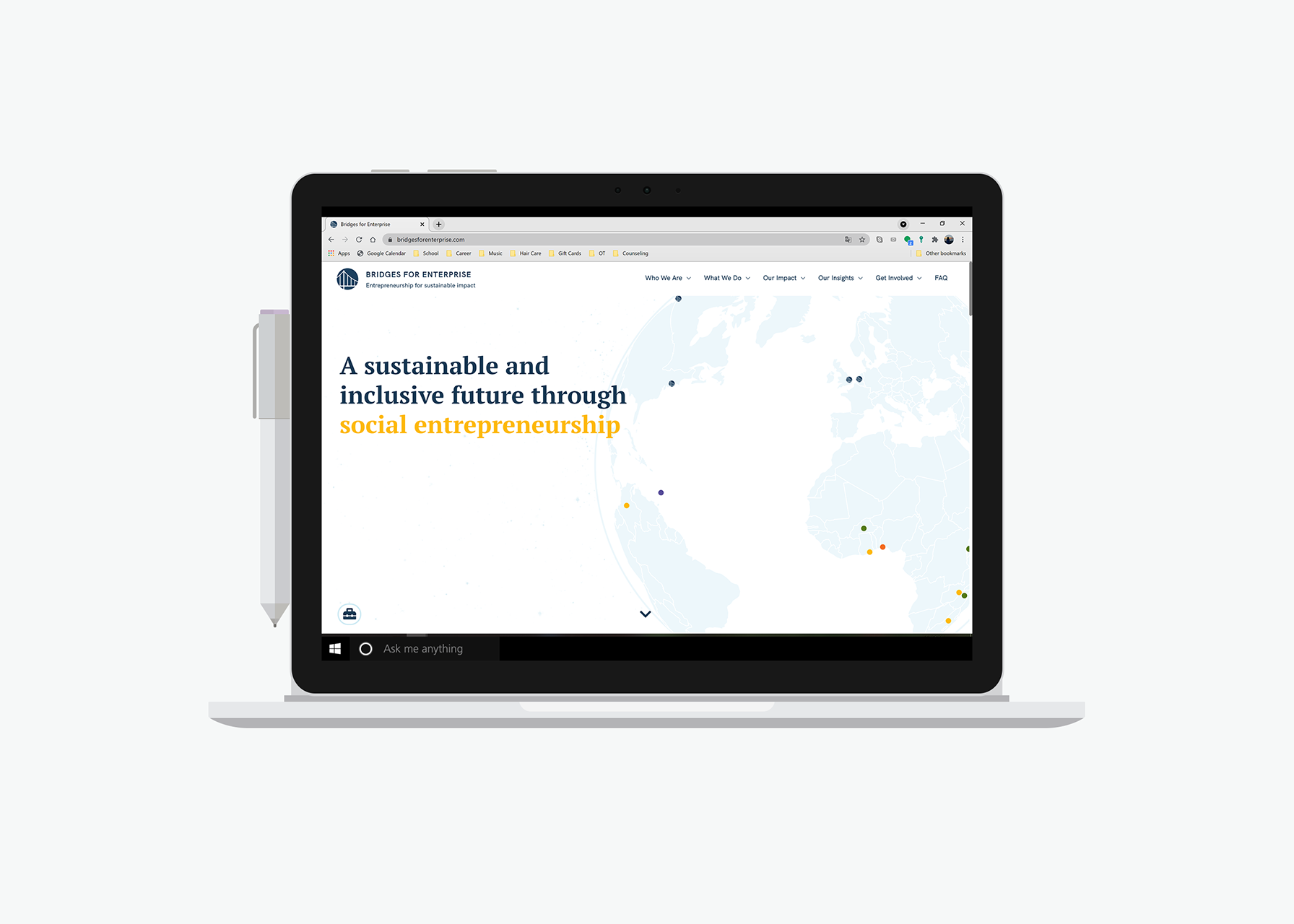Project by Julia Chao, Sasha Noerdin, Katie Yang, and Clara Too.
RESEARCH
Our initial assignment prompt was to help people be more mindful of energy and water use. In a survey of people around us, my classmates and I found that trying to conserve energy can be quite the headache due to the lack of clarity in our systems. Our interviewees felt guilty because they worry subconsciously about wasting energy, but don't have a good way of measuring how much they use.
PROCESS
During the first phase of the project, we were tasked with individually creating video prototypes for a household object which could reduce waste. I came up with Droplet, a bracelet that would visually measure your water usage throughout the day.
DESIGN RESPONSE
For the second part of the project, we teamed up into groups of four, and chose one person's individual idea to refine as a team. I was inspired by Julia’s original design idea: a fridge system that kept inventory of the food and that would send alerts when food was about to expire. It turns out that one of the biggest sources of water waste is in food waste - agriculture accounts for the majority of water use, and food wasted amounts to an incredible amount of wasted water. According to some estimates, about 40% of food in the US ends up going to waste. Thus, our group sought to come up with a solution to this ubiquitous problem.
Frederick sees and records everything you put in and take out of the fridge, helping you track your inventory.
Frederick lives on top of your fridge, acting as its eyes and voice.
I saw the potential for her idea to be elevated through the use of voice technology, which could provide convenience and would make the system more personable and approachable. Thus, Frederick was born.
More than just a camera, Frederick would be a friend, making the fridge system much more appealing and human. Frederick keeps track of the food in your fridge using a 360 degree camera, giving helpful reminders at the right times to reduce your food waste.
I helped to develop the implementation of the idea in context, working out logistical issues. For example - what if Frederick cannot identify the type or amount of food? As shown above, we decided to use voice technology to clarify information that Frederick cannot automatically detect.
Frederick catalogs pictures of items you already have, so you can check back to see exactly what you have and how much you still need.
Food waste happens when items are bought redundantly, as well as when one forgets to buy the other ingredients necessary to put your food to use. Through a watch interface, Frederick notifies you to buy items that you need and reminds you when you already have enough of an item at home, based on what it heard you say earlier.
FINAL VIDEO
LEARNINGS
This project encouraged me to think in more of a systematic level when it comes to solving problems, and think outside the box when given a design brief. My initial thoughts about reducing energy waste centered on reducing water and electricity waste in the home. However, on a more global scale, agriculture takes way more energy and water, so reducing food waste could actually have a much bigger impact overall.
Additionally, I learned from a classmate that my voice sounded quite monotone in the video, due to staying up late to get the video done. I learned that I should get some rest before attempting to do design work, as it really influences the quality of my work.
Created for Design 383: Intro to IxD






